
 |
|
|
|
|
|
|
|
| Petrography |
Our standard approach - We get lots of mileage out of it |
| Two Zeiss Photo 3 petrographic microscopes
with reflected light, epifluorescence, phase contrast, Nomarsky, and
integrated 35 mm film cameras. Interfaced with Pixera 6 megapixel digital camera and PC-based image collection and processing. |
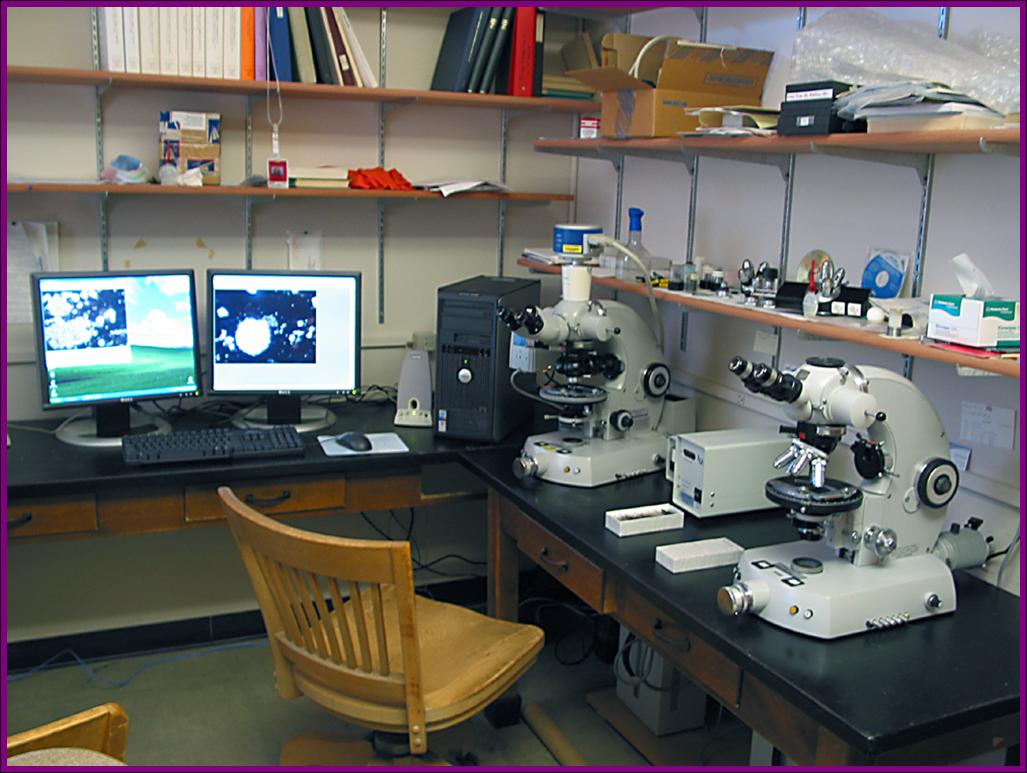 |
| Petroscope projection macroscope. Allows viewing of entire thin section for larger context of small scale petrographic features. Also good for quick screening of thin section suites. |
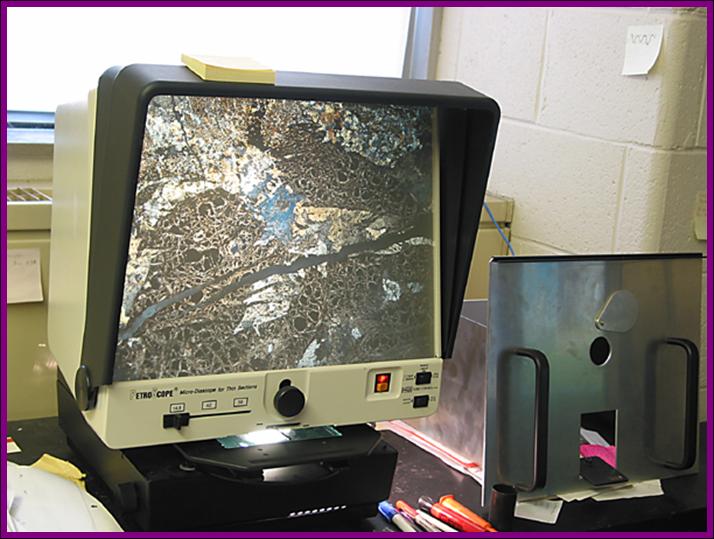 |
| SEM-ESEM LAB |
Our most powerful tool - "resistance is futile". |
| FEI Quanta 400 FEG (field emission
environmental scanning electron microscope). Access to the nanometer realm, chemical characterization, crystal structure, grain orientation, high resolution color cathodoluminescence. No coating needed, can image moist materials, microbes survive study under the beam. NSF funded |
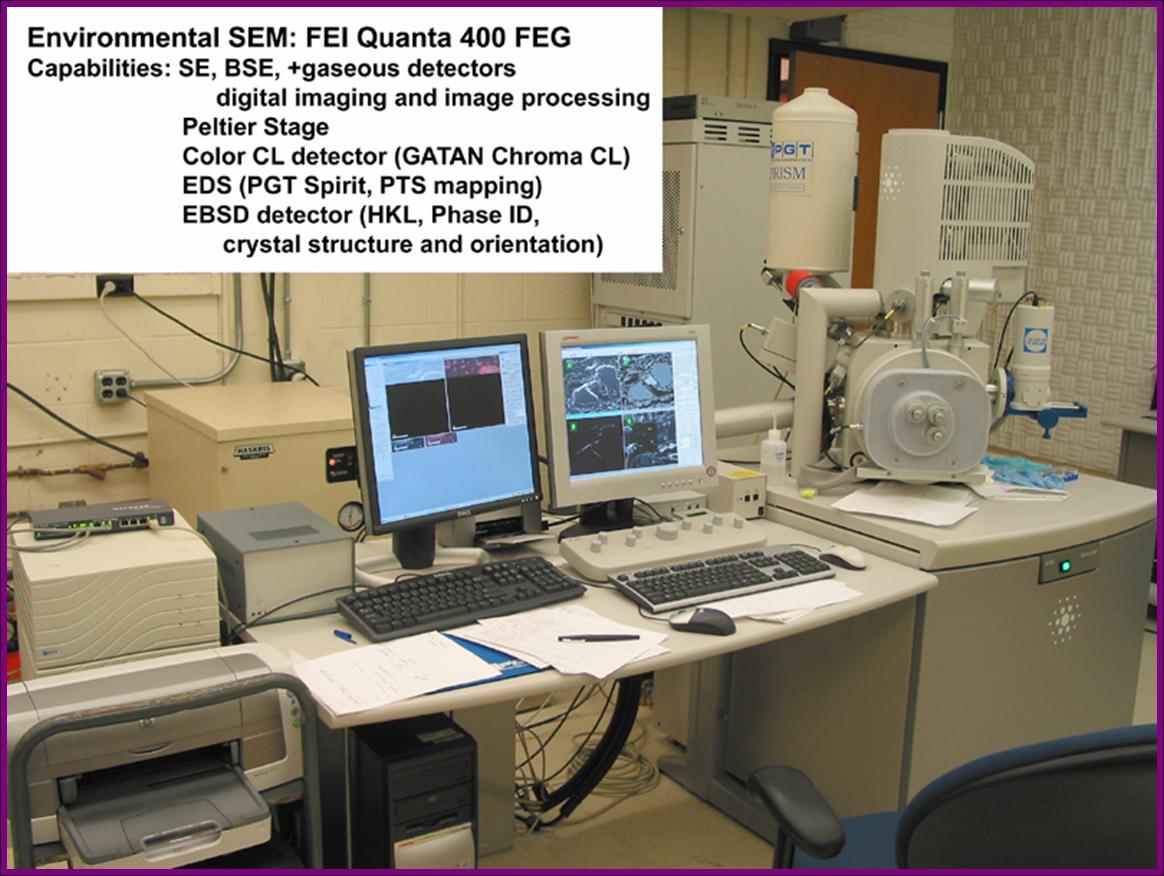 |
| IU FLUME LAB |
Where the fundamentals of mudstone sedimentology are explored |
| This flume facility was built to study depositional and erosional parameters of mud, and to duplicate depositional features observed in the rock record (reverse engineering mother nature). It is a work in progress because we are constantly learning and building (4 flumes at present). NSF and industry funded |
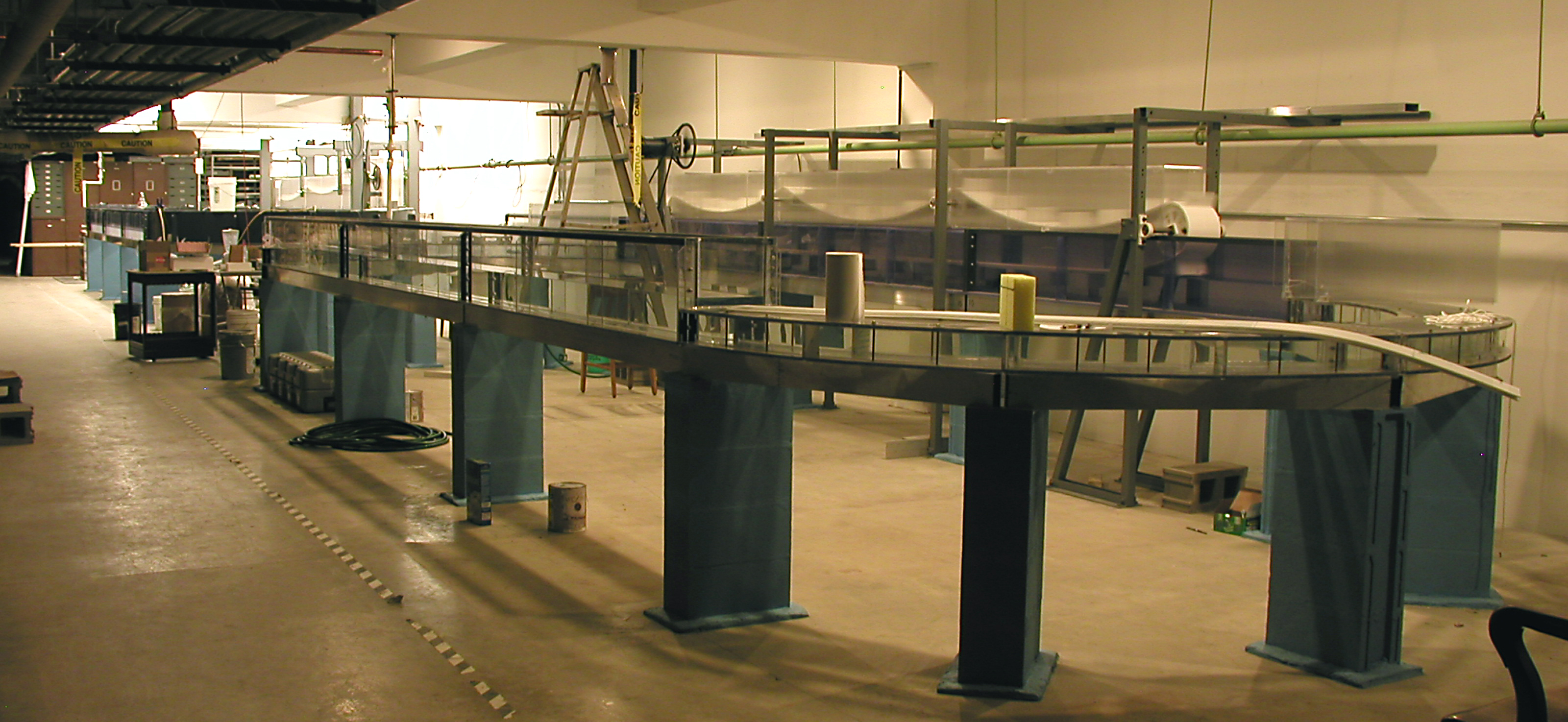 |
| ION-MILLING LAB |
Where we make samples to give up their best held secrets |
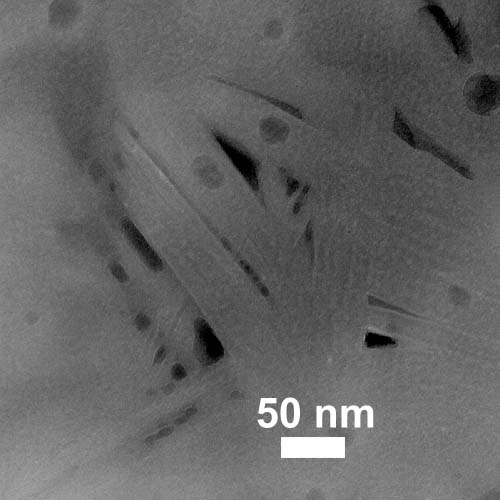 Triangular Phyllosilicate Framework Pores in a shale. This pore category is an important factor for shale gas producibility. |
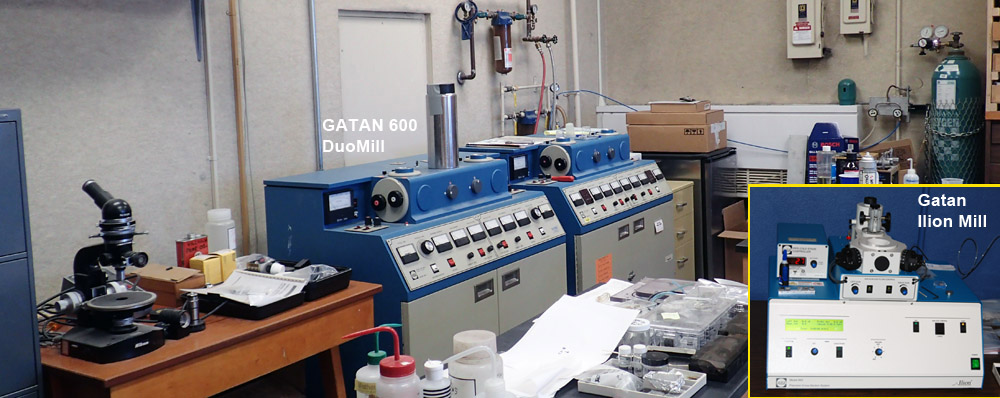 Our GATAN-600 DuoMills and our GATAN Ilion cross-beam mill allow us the prepare and thin shale samples for TEM observation. These instruments allow us "polish" shale surfaces so gently that we can see minute details, like contact relations between submicron grains and pores in the micron to nanometer size range. The largest surfaces we can prepare are currently 12.5 mm in diameter. |
| FIELD WORK |
Indispensible - Where it all starts |
The Shale Research Lab has field equipment ranging
from camping gear, ladders, portable saws, rock climbing gear, a
scintillometer, and a gamma ray spectrometer for the study of
shale outcrops. |
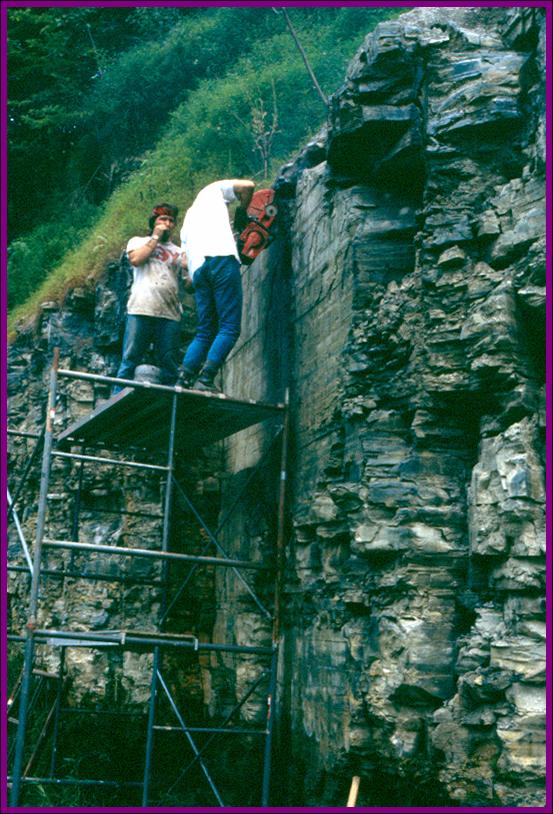 Although
shales weather easily, where they do form outcrops, a lot of
information can be recovered by careful description and sampling. In
the image at the right, we are cutting out a vertical channel sample
that is stabilized with epoxy before removal. It shows the same
detail as a drill core at a fraction of the price. Although
shales weather easily, where they do form outcrops, a lot of
information can be recovered by careful description and sampling. In
the image at the right, we are cutting out a vertical channel sample
that is stabilized with epoxy before removal. It shows the same
detail as a drill core at a fraction of the price. |
| CORE STUDIES |
Unobscured textural relationships - most desirable samples |
| Next to detailed, cm by cm core descriptions, we
also use observations with ultraviolet light to see hidden details
of the shale record. We use a custom build UV bench to make UV
observations and photography. The pictured core (left) shows reworked
horizons and bioturbated intervals. Adding UV photography (right,
purplish image) shows concentrations of abundant algal cysts (marked
with red arrows) that indicate sediment starved intervals. We also own several teaching cores that have been preserved as board-mounted polished slabs. |
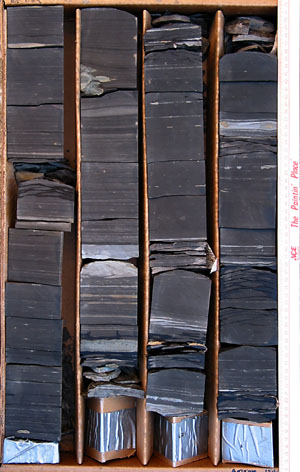  |
| SHALE COLLECTION |
Teaching shales and muds from Archean to Modern |
| Thirty years of collecting shales do build up. Our collection of shale sample suites ranges from material as old as Archean and as young as a few years old (stabilized seafloor sediments). Our teaching collection consists of 20 pallets of samples and hand specimens, several thousands of polished slabs, about 3000 thin sections, hundreds of ion milled samples, and an extensive collection of petrographic microscope, SEM, and TEM images. |
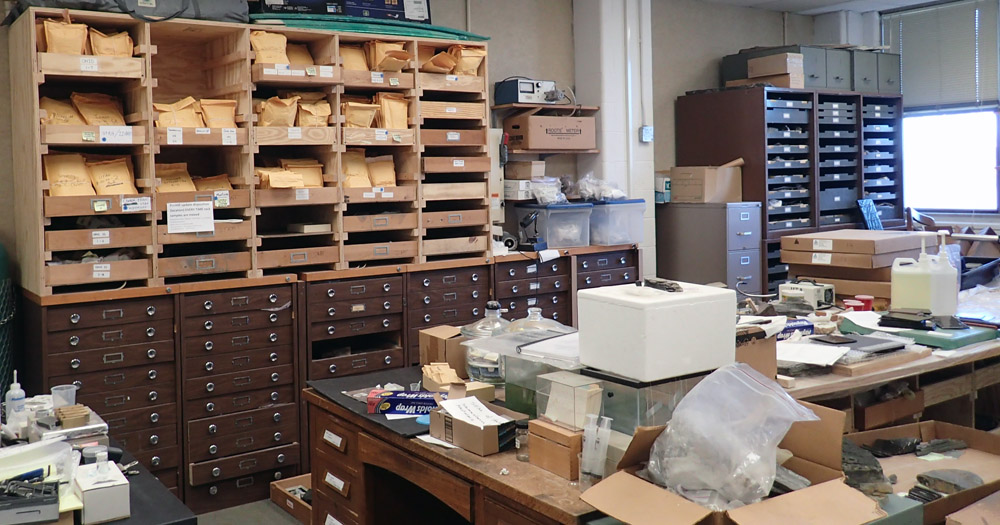 |
|
|
|
| Back to SHALE RESEARCH LAB Main Page | |
| Back to IU Department of Geological Sciences | |
|
© Jürgen Schieber, IU Bloomington Department of
Geosciences Last updated: November 02, 2023. |
|